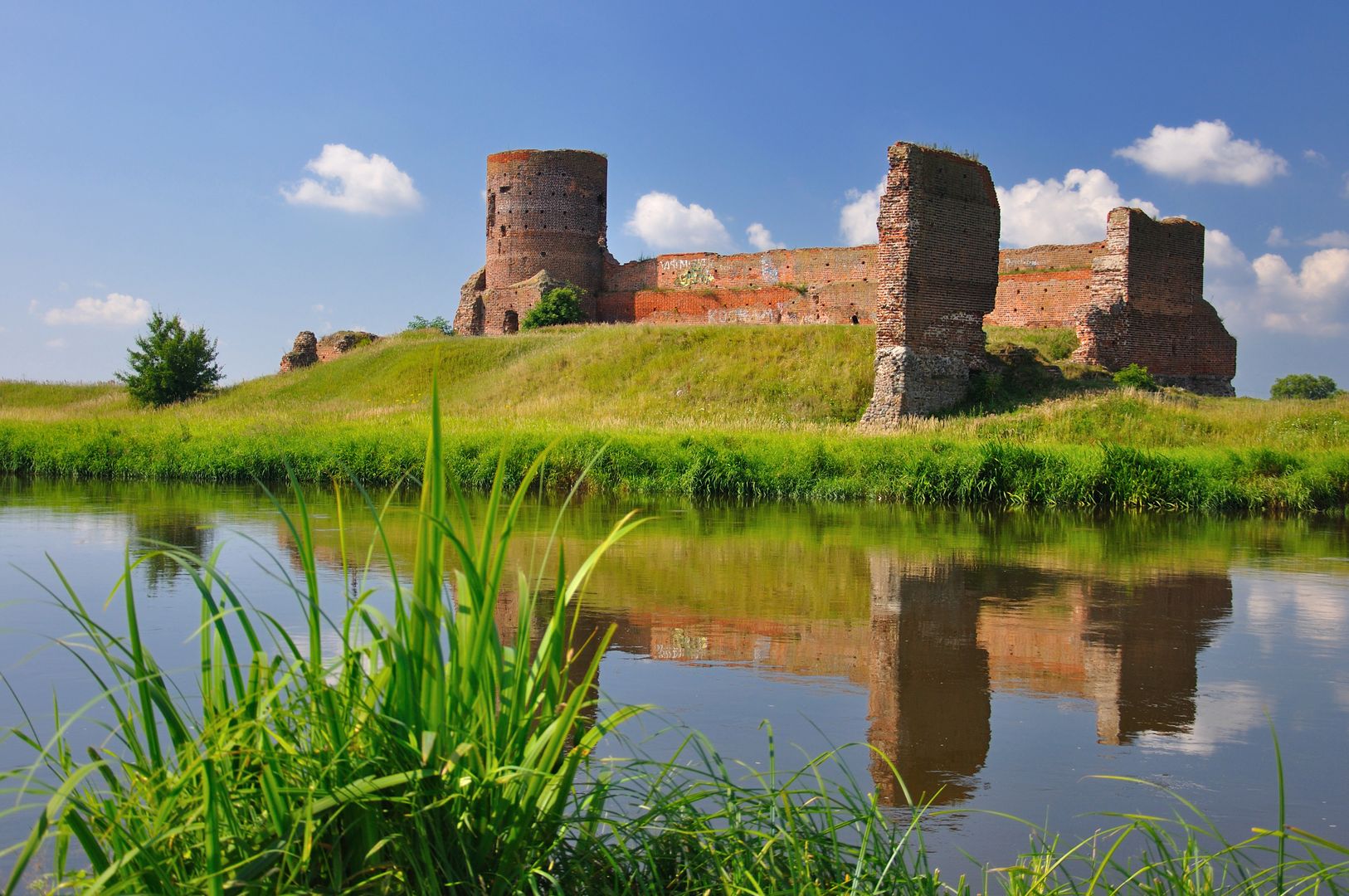Koło Castle
8.11

Overview
Koło Castle is a fortified structure built after 1365 on the initiative of King Casimir the Great, aimed at securing the route from Greater Poland to Łęczyca. Located on an artificial elevation in a bend of the Warta River, the castle was part of the Koło starostwo and in the 16th century belonged to the Konin County. The architecture of the castle evolved over the centuries; the original tower keep, dating back to the 14th century, was constructed of brick on stone foundations, and its drawings indicate the use of a rectangular plan. Only fragments of the tower and perimeter walls remain, which underwent intensive construction work in the 15th century. The castle, with its military character, had modest furnishings, and the preserved courtyard was most likely surrounded by wooden buildings. The history of the castle is rich in interesting events, such as visits by King Władysław Jagiełło or the stay of Casimir Jagiellon in 1475 and 1476, during which an epidemic broke out, resulting in the deaths of many guests in Koło. In the following centuries, the castle lost its importance and eventually fell into ruin after being abandoned by the starosts in 1577. In the 18th century, the ruins were handed over to the Bernardines, and their materials were used to rebuild the church. The 20th century brought only sporadic conservation work and archaeological research aimed at documenting and reconstructing the ruins. In 2020, further conservation work and plans for the revitalization of the castle began, and cultural events such as the Koło Blues Festival are organized in the area. The castle is currently listed in the register of historical monuments, and the creation of a recreational center is planned around it, which may contribute to its greater attractiveness. In October 2020, excavations uncovered fragments of ceramics, metals, and gold objects, highlighting the rich historical context of this location.
Location
2025 Wizytor | All Rights Reserved